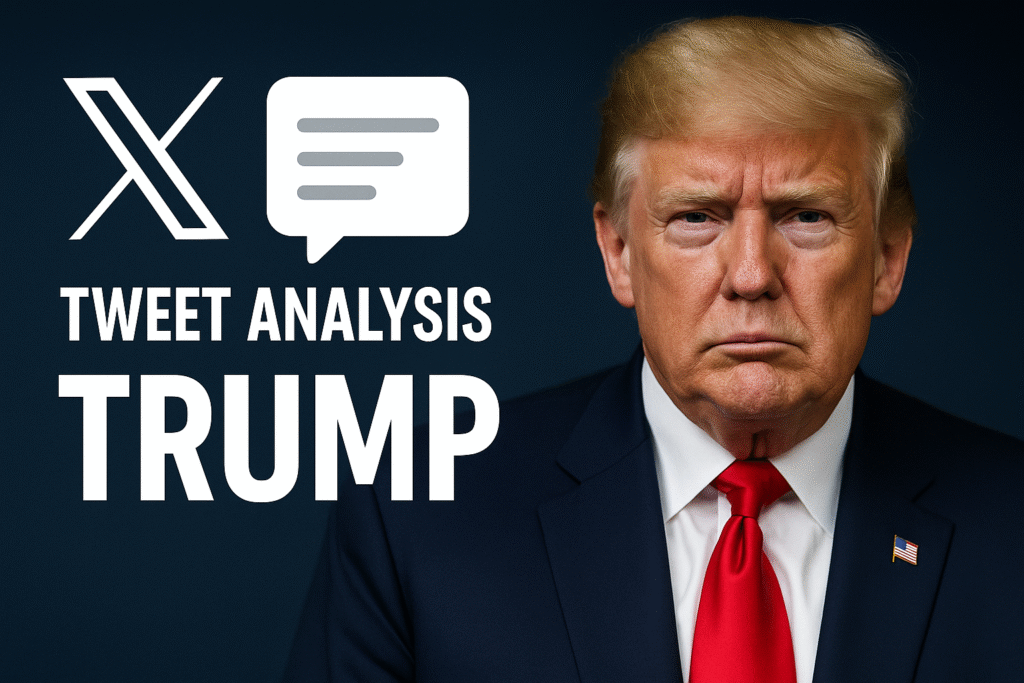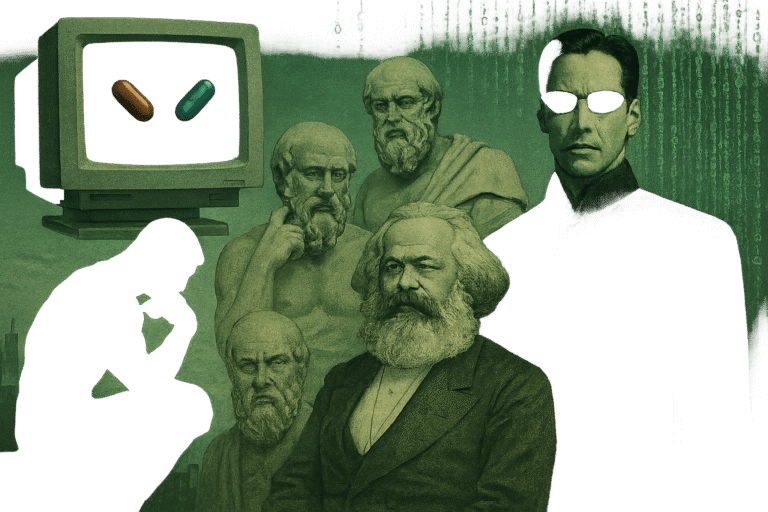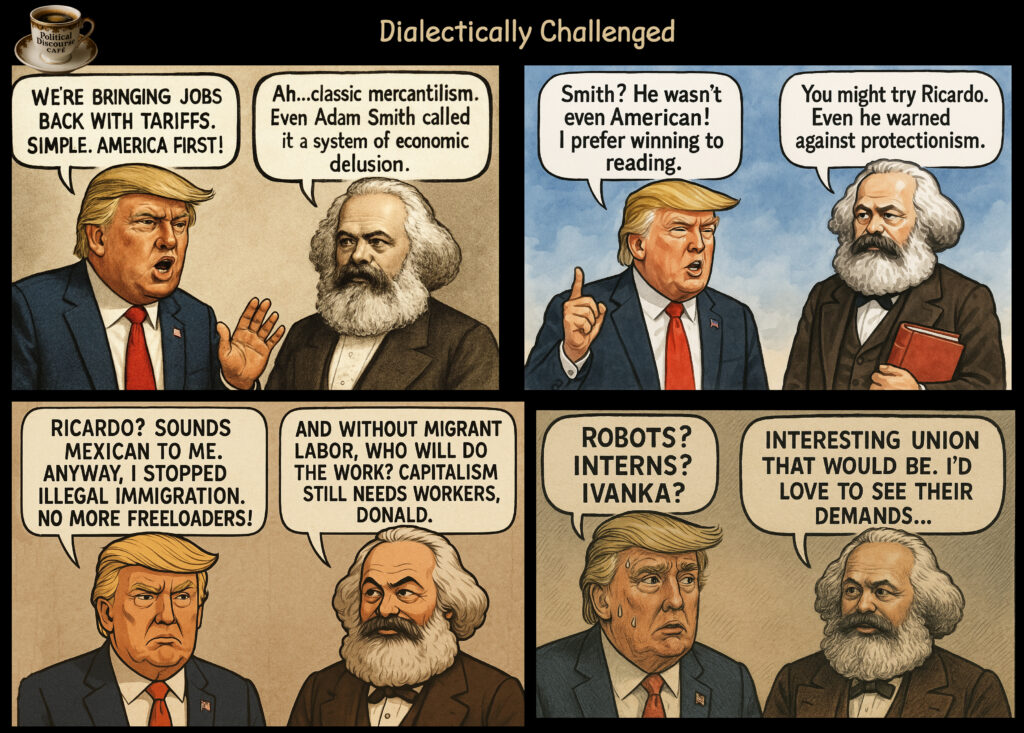
Date of Statement: July 2020
Speaker: Donald J. Trump (via Twitter)

Discourse Analysis
1. Rhetorical Framing and Populist Appeal
Donald Trump’s tweet is a textbook example of right-wing populist discourse. It identifies a corrupt elite—pharmaceutical companies and their political enablers—and contrasts them with the ordinary people, cast as “suckers” who have unfairly borne the burden of inflated drug prices. Trump aligns himself with the people and against the establishment, leveraging emotive language (“SO MUCH HIGHER”, “EMBARRASSING”, “TRILLIONS OF DOLLARS”) to dramatize injustice and amplify urgency.
The excessive use of capital letters is not merely stylistic but strategic—it mimics the tone of outrage typical of tabloid headlines and populist pamphleteering, creating a sense of immediacy and moral clarity.
2. The “Enemy” and Scapegoating
Trump frames pharmaceutical companies as deceptive profiteers who manipulated public opinion with the excuse of R&D costs. He uses the quotation marks around “suckers” to imply past naivety on the part of the American public. Moreover, he subtly insinuates that Democrats, despite having the right ideas (“something that the Democrats have fought for many years”), have been ineffectual or compromised by special interests. This allows him to appropriate a traditionally progressive issue while maintaining adversarial framing.
3. Nationalist Economic Policy: “Most Favored Nation” Clause
The central policy proposal—the introduction of a “Most Favored Nation” clause for drug pricing—marks a significant shift toward economic nationalism. By insisting that the U.S. should pay no more than the lowest price paid internationally, Trump appeals to a sense of sovereign fairness and economic patriotism. This resonates with his broader “America First” agenda, seeking to correct perceived historical imbalances where the U.S. has supposedly been exploited by allies and adversaries alike.
4. Temporal Rhetoric and Political Timing
The tweet promises immediate change (“almost immediately”, “Tomorrow morning”), emphasizing Trump’s decisiveness. The phrase “for the first time in many years” constructs a narrative of long-standing injustice finally being addressed under his leadership. This is characteristic of populist messianism—casting the leader as the singular agent of transformative justice.
5. Campaign Mode and Electoral Subtext
Posted in the lead-up to the 2020 election, this tweet functions as a campaign statement disguised as policy communication. It highlights action (“I will be signing one of the most consequential Executive Orders”) and economic salvation (“save TRILLIONS OF DOLLARS”), preemptively claiming credit and setting the stage for reelection narratives. The closing line, “MAKE AMERICA GREAT AGAIN!”, reinforces this, tying a specific policy to his broader ideological brand.
6. Simplification and Lack of Structural Detail
Notably absent is any discussion of the complexity of international drug pricing, global supply chains, or domestic regulatory constraints. This oversimplification is central to the populist technique—it converts systemic issues into moral problems with clear villains and heroes. The reduction of a multidimensional issue into a binary (“fair vs. unfair”) maximizes emotional resonance while minimizing cognitive load for readers.
Trump’s tweet is an effective piece of political messaging that fuses populist rhetoric, nationalist economic policy, and pre-electoral positioning. It demonstrates how social media can be used not only to announce policy but to perform leadership, shape public discourse, and consolidate ideological identity in under 500 words. The tweet is less a technical explanation than a political gesture: a performance of justice, action, and anti-elitism tailored for mass consumption.



